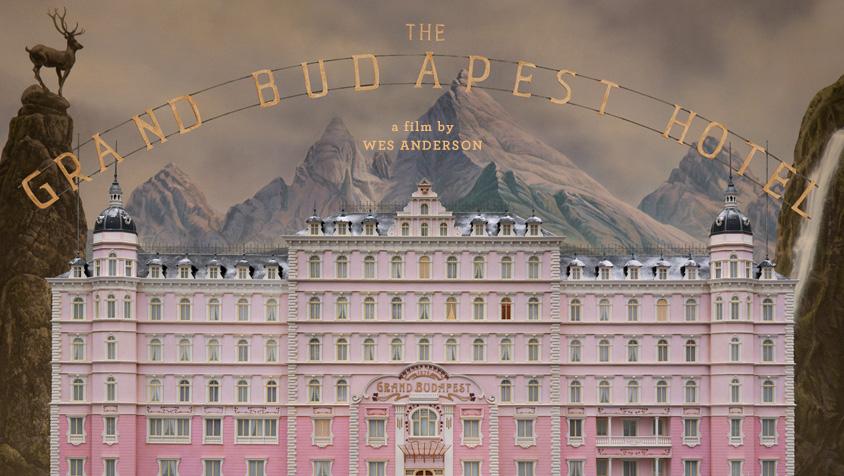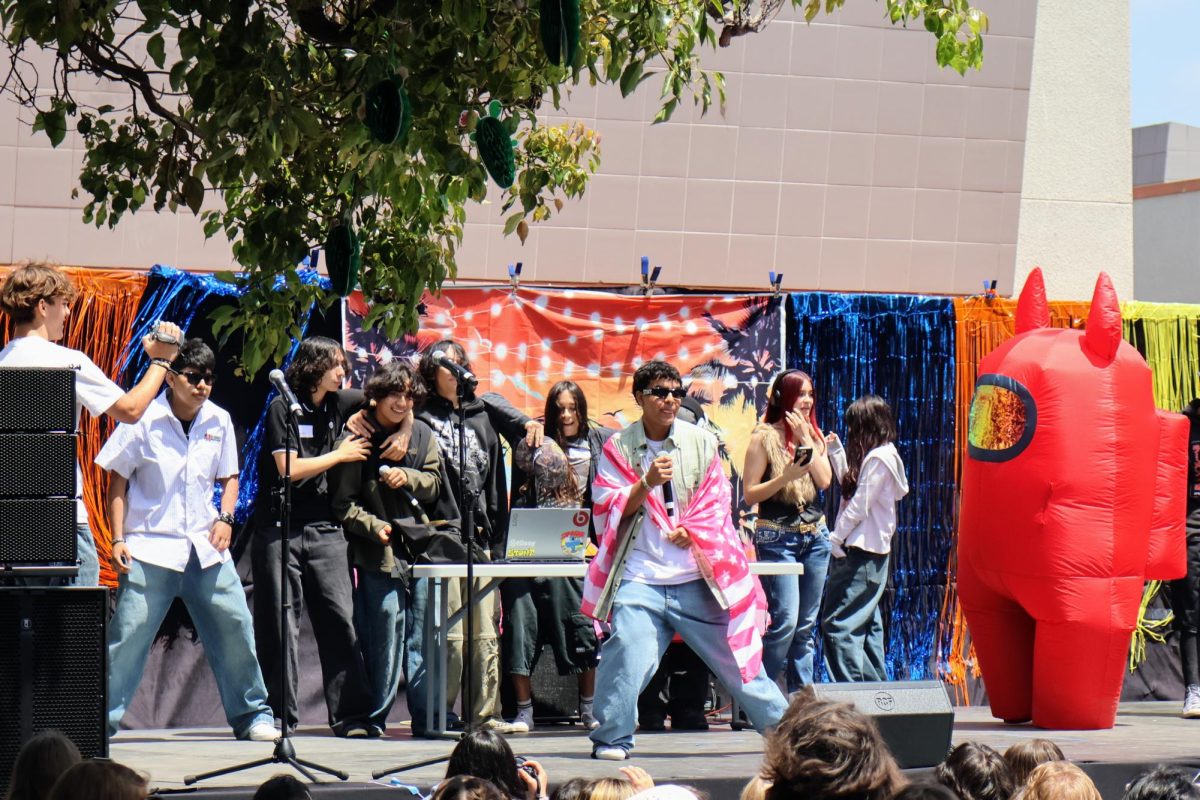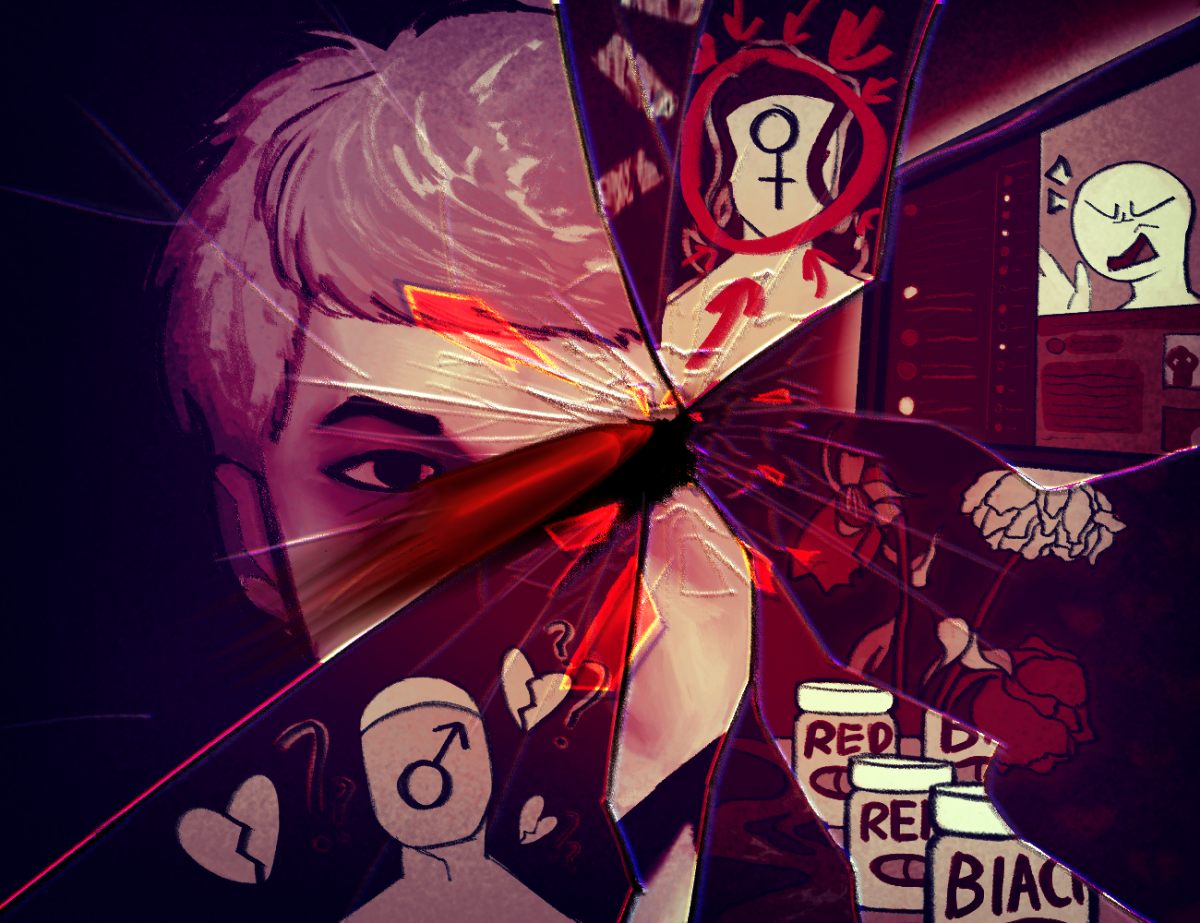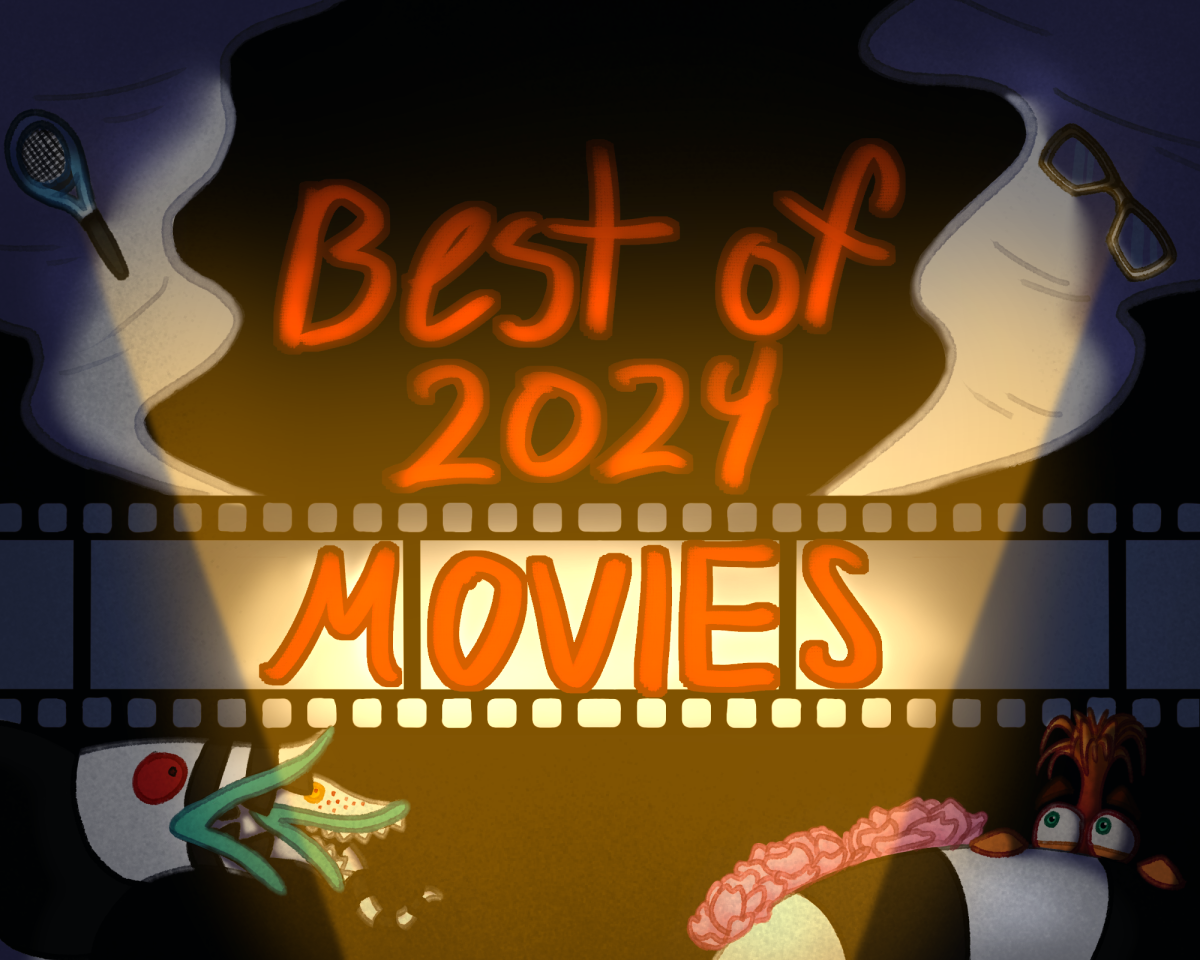
When you check into a hotel, you probably don’t think about its owner or its history, but if you were to stay at the Grand Budapest Hotel, such apathy would cause you to miss out on a great story.
“The Grand Budapest Hotel” takes place in the Republic of Zubrowka, a fictional eastern European country, during the early ‘30s. The Republic of Zubrowka is under attack from a country that is never named, but identifiable as very evil, with their all-gray uniforms clashing with the candy-colored world of the Grand Budapest Hotel and its surrounding world.
This world is one that is immediately recognizable as something that clearly came out of director Wes Anderson’s mind. The aesthetics of the movie are like the fanciful musings of a right-brained person as executed with the calculated precision and geometry of a left-brained person with shots that are symmetrical, centralized, and clear.
To help create the world of “The Grand Budapest Hotel,” Anderson used miniature models instead of CGI.
The plot of the movie was a bit buried. It began with a girl reading an author’s memoir at his grave, then switched to a the author recording his memoir in the ‘80s, but in a video. The author starts talking about a visit to the Grand Budapest Hotel he made 20 years earlier. Within that story, the young author is told a long story by the owner of the hotel, Zero Moustafa, about how he came to own it.
The story of how the Moustafa came to own the hotel is complicated within itself. It’s 1932 and Moustafa is a lobby boy at the Grand Budapest Hotel, protege to Gustave H., the hotel’s concierge. When one of Gustave’s many elderly lovers dies and leaves an unofficial revised will that leaves her entire estate to Gustave, her family turns against Gustave after he takes what is rightfully his: a priceless painting, “Boy with Apple.” Now on the run, Gustave enlists Moustafa, called Zero, to help him, and makes Zero his heir. The ensuing events range from wild train rides and jail escapes to The Grand Budapest itself being occupied by an invading army.
The hard-to-follow set-up set the stage for a similarly complicated movie. Gustave and Zero’s journey had them hiding all over the Republic of Zubrowka, constantly on the run. It was sometimes hard to tell who was chasing them and who was on their side. Luckily, these side characters were hilarious, so it kept things interesting when I didn’t know what was going on.
One thing in “The Grand Budapest Hotel” that made me laugh was something I never thought could be funny before. The characters’ movements were hilarious. They ran like cartoon robbers, and punched each other in the face like super heroes. Guns were fired all the time but hardly ever killed anyone, like a cartoon.
The movie was also very stylized, with lots of attention paid to detail and colors, furthering the movie’s resemblance to a cartoon. It was like a kid’s movie for adults. The bad guys wore black leather and had creepy mustaches, bakery delivery trucks full of cake were hijacked, and there were mass shoot-outs with no casualties.
The characters themselves also lended to the movie’s cartoon-ish quality, especially Gustave. He seemed to be trying to make himself the human definition of grandiose, which was fitting for his position as the devoted concierge of the lavishly lux Grand Budapest Hotel. Gustave (played by Ralph Fiennes) was comedically friendly and polite to everyone, that part of his job description was ingrained in his personality. He was also an amatuer poet who wasn’t afraid to share his works with whoever was nearest him, and held himself to very high fashion and olfactory standards, two spritzes of L’Air de Panache (which is an actual perfume created for the movie that you can buy) behind each ear was his signature.
A foil to Gustave’s flamboyant personality served as a mediator of sorts for part of the film. Jeff Goldblum voiced Stanley Kovacs, a lawyer who acted like newscaster in some parts, revealed the facts of the complicated story in an unbiased way, unlike the rest of the characters. His neutrality and dedication to abide by the law got his cat thrown out of a window and three of his fingers chopped off.
That kind of mild violence helped make “The Grand Budapest Hotel” funny in a cartoon-ish way. The characters moved like animations, and the stylization of the movie made it seem almost unreal, but the characters and humor was fit for a much more mature audience. Keeping the jokes age appropriate was what made “The Grand Budapest Hotel” everything we loved about our old favorite Saturday morning classics, without the depressing realization of our aging.











